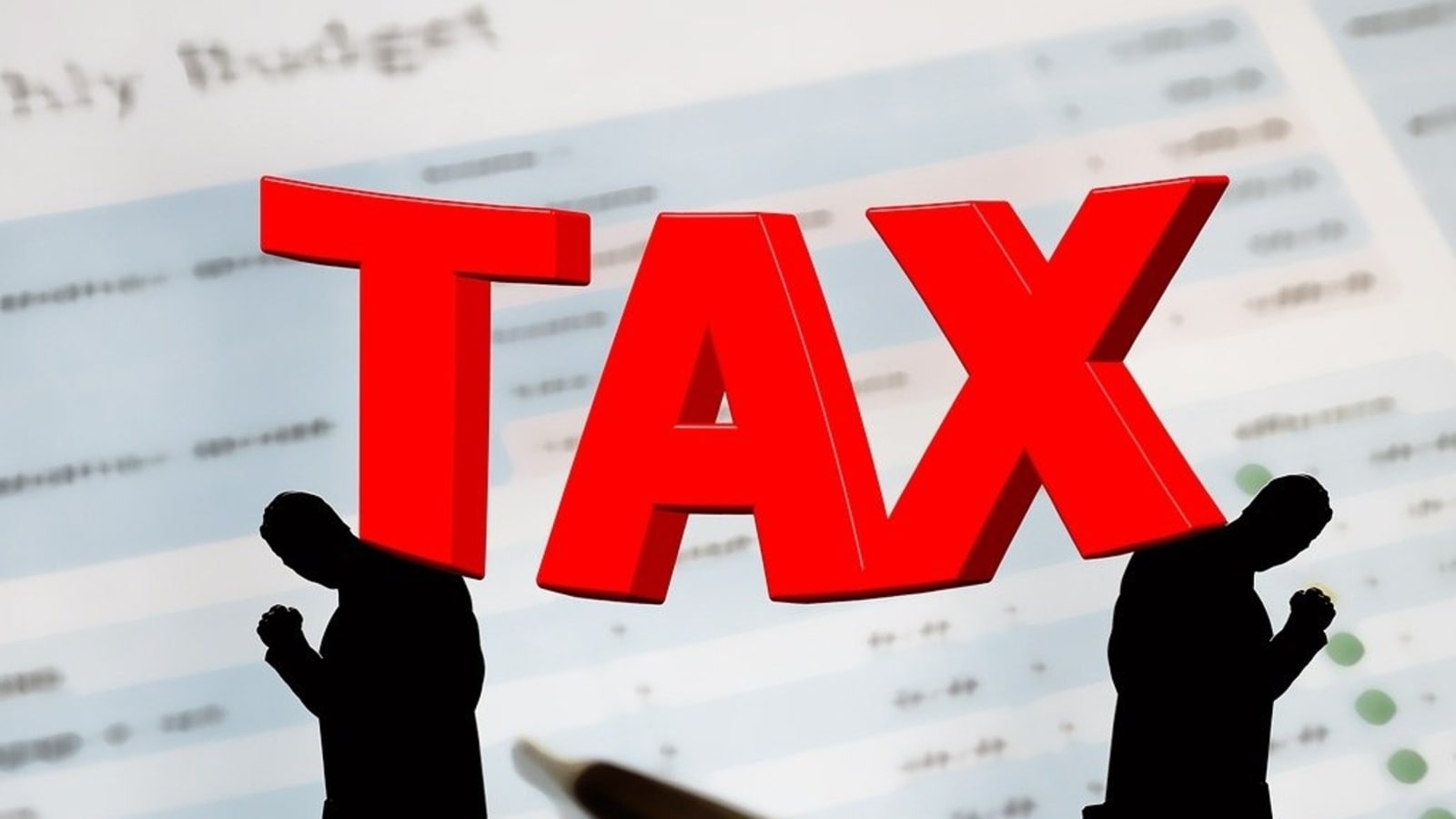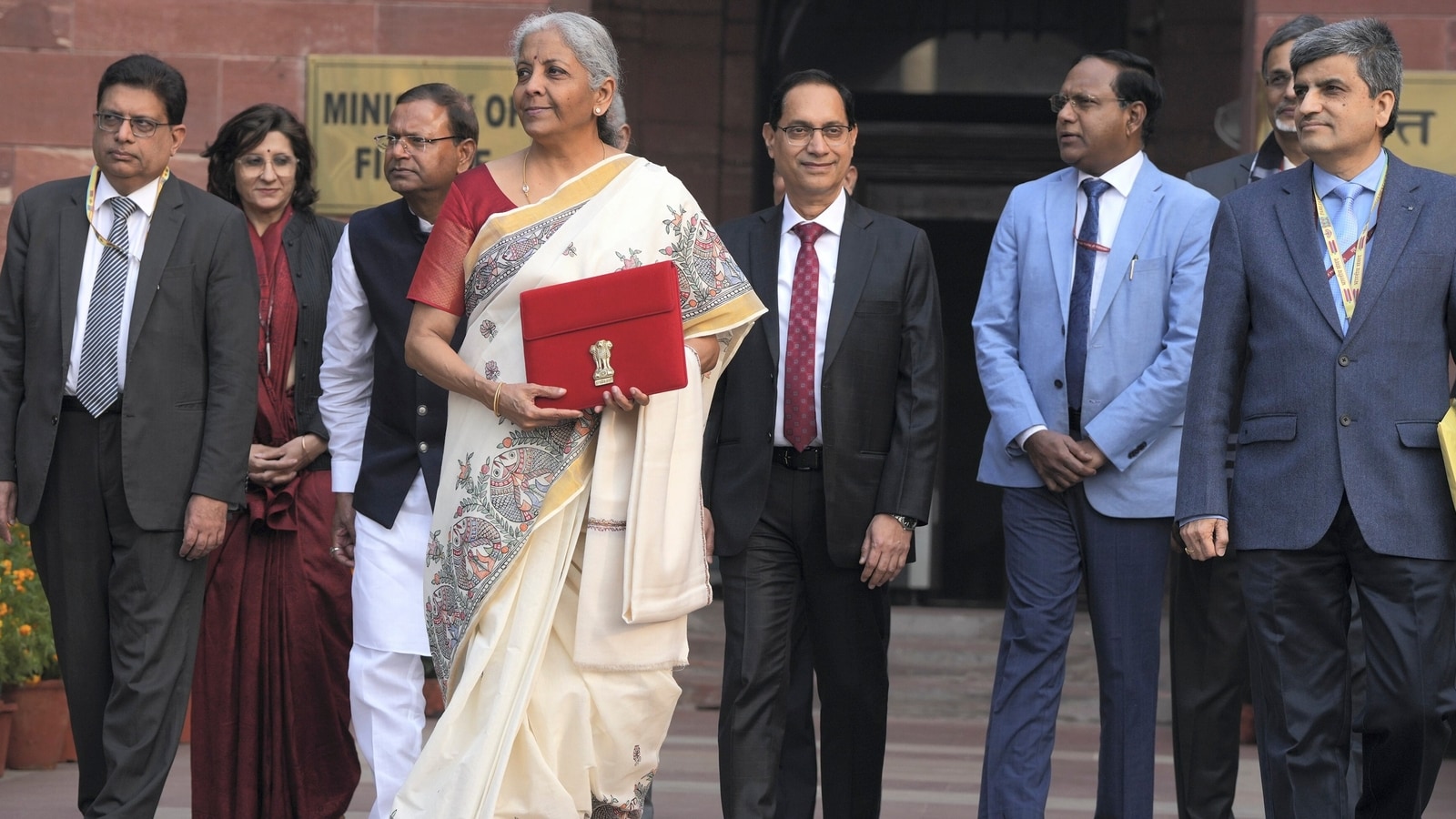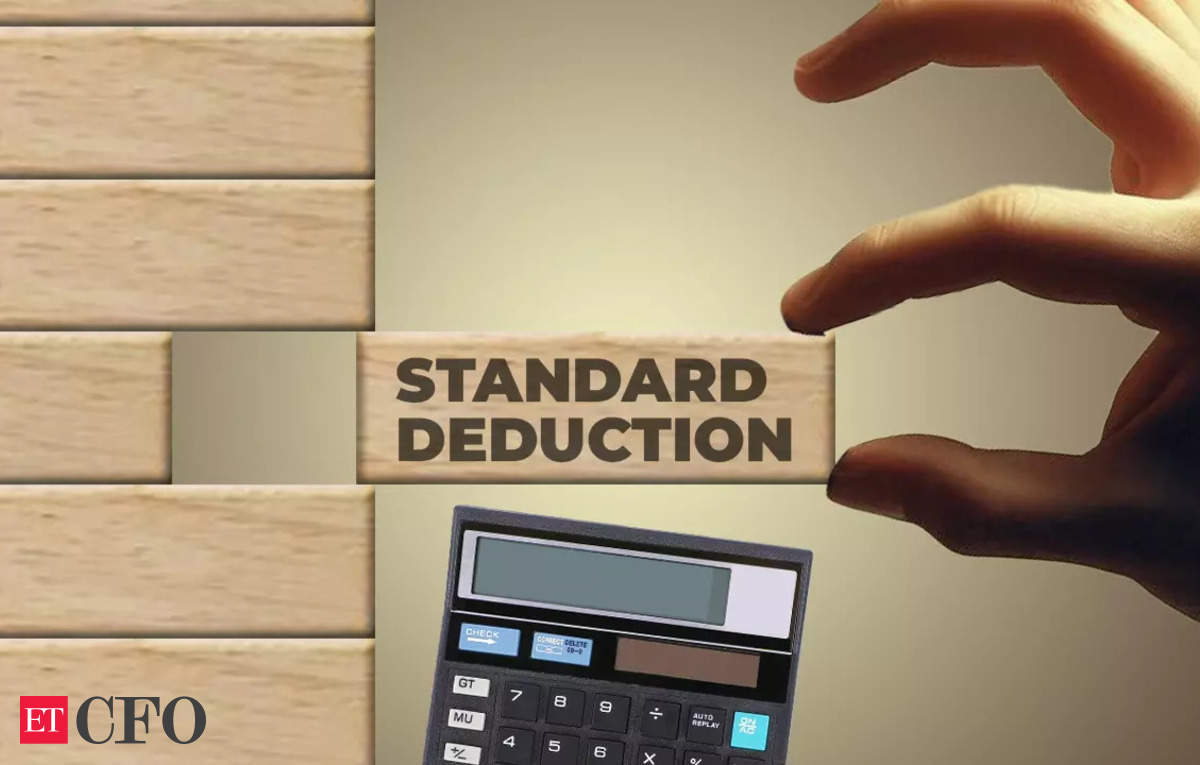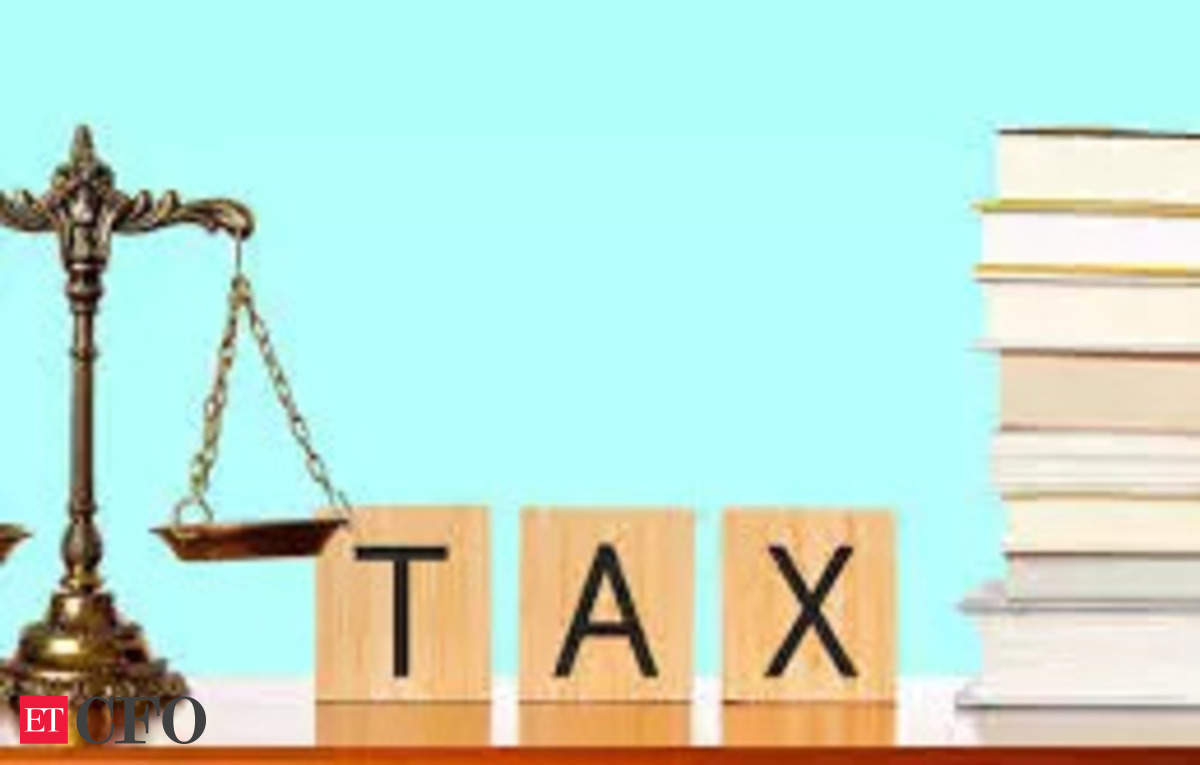After the announcement of the 2020 budget, which introduced a new tax regime for individuals and HUF, taxpayers now have two options to choose from, i.e., Old Tax Regime and New Tax Regime.
Budget 2023 introduced, several rules under new tax regime, like lower tax rate, lower tax slab, and enhancement in rebate.
From FY 2023-24 onwards, taxpayers will be required to opt for the old tax regime (file form 10IEA) , and the new tax regime will be the default option.
But those who want to opt for the old tax regime can switch between these two regimes. However, the frequency of switches between the two regimes is contingent upon the nature of income.
Budget 2024 Updates
In the 2024 interim budget, no changes were made to taxation for FY 2024-25. The existing tax rates for direct and indirect taxes retained, i.e., the changes announced for FY 2023-24 will be continued. A full budget is anticipated in July after the new government is formed after the Lok Sabha elections.
What is Old Tax Regime?
The old tax regime is the taxation system that existed before the introduction of the new tax regime. It can be opted now also. There are approximately 70 deductions and exemptions available under this scheme that help minimize your taxable income. It also allows a deduction of Rs.1.5 lakhs under section 80C.
What is New Tax Regime?
In addition to the existing tax slabs, a new tax slab was introduced in Budget 2020. The tax rates under this regime are lower than the old tax regime. However, there are no deductions and exemptions available except for the deduction under section 80CCD(2) and 80JJA (available for business income). This regime was introduced with the intention of simplifying the taxes.
- In the Budget 2023, the new tax regime has been made the default regime.
- The basic exemption limit has been increased under the new tax regime to Rs.300000, and the rebate has also been increased to exempt income upto 7 lakhs. Marginal relief is give above 7 Lakh income
- The standard deduction of Rs.50000 on salary and pension has been allowed under the new tax regime , and the surcharge has been reduced.
Can we change the tax regime while filing ITR?
In Union Budget 2023, the new tax regime was made the default regime. This implies that if you don’t explicitly choose between the old and new tax regimes, your taxes will automatically be calculated under the new regime.
However, you retain the flexibility to switch back to the old regime at any point before the due date (31st July) for filing your tax return for the relevant assessment year. The frequency of switches permitted depends on your Business or profession.
Read what Income Tax Act says:
Following sub-section (6) shall be inserted after sub-section (5) of section 115BAC by the Finance Act, 2023, w.e.f. 1-4-2024:
Section 115BAC (6)
(6) Nothing contained in sub-section (1A) shall apply to a person where an option is exercised by such person, in the manner as may be prescribed, for any assessment year, and such option is exercised,
(i) on or before the due date specified under sub-section (1) of section 139 for furnishing the return of income for such assessment year, in case of a person having income from business or profession, and such option once exercised shall apply to subsequent assessment years; or
(ii) along with the return of income to be furnished under sub-section (1) of section 139 for such assessment year, in case of a person not having income referred to in clause (i)
Provided that the option under clause (i), once exercised for any previous year can be withdrawn only once for a previous year other than the year in which it was exercised and thereafter, the person shall never be eligible to exercise the option under this sub-section, except where such person ceases to have any income from business or profession in which case, option under clause (ii) shall be available.
Now Read sub section (1A):
Following sub-section (1A) shall be inserted after sub-section (1) of section 115BAC by the Finance Act, 2023, w.e.f. 1-4-2024:
(1A) Notwithstanding anything contained in this Act but subject to the provisions of this Chapter, the income-tax payable in respect of the total income of a person, (being an individual or Hindu undivided family or association of persons (other than a co-operative society), or body of individuals, whether incorporated or not, or an artificial juridical person referred to in sub-clause (vii) of clause (31) of section 2,) other than a person who has exercised an option under sub-section (6), for any previous year relevant to the assessment year beginning on or after the 1st day of April, 2024, shall be computed at the rate of tax given in the following Table, namely:—
TABLE
| Sl. No. | Total income | Rate of tax |
| (1) | (2) | (3) |
| 1. | Upto Rs. 3,00,000 | Nil |
| 2. | From Rs. 3,00,001 to Rs. 6,00,000 | 5 per cent |
| 3. | From Rs. 6,00,001 to Rs. 9,00,000 | 10 per cent |
| 4. | From Rs. 9,00,001 to Rs. 12,00,000 | 15 per cent |
| 5. | From Rs. 12,00,001 to Rs. 15,00,000 | 20 per cent |
| 6. | Above Rs. 15,00,000 | 30 per cent |
For Salaried Individual
A salaried individual can switch between the new and the old tax regime in every financial year. Even if you have opted for the new tax regime for TDS throughout the year, you still have the option to easily change your chosen tax regime while filing your ITR.
Individuals with Income from Business/Profession
Any individual with an income from a business or profession is not eligible to switch regimes more than once. For instance, once you choose the new tax regime, you can only switch back to the old regime once in your lifetime.
This switch requires filing Form 10-IEA along with your ITR. If you haven’t already filed Form 10-IEA by the original due date for filing your ITR, you cannot switch back to the old regime for that year.
How can we Switch Tax Regime While Filing ITR?
Opting for the appropriate tax regime before filing your Income Tax Return (ITR) can significantly influence your ultimate tax liability. Both salaried individuals and business professionals have the flexibility to switch regimes during the filing process, although the procedures and constraints vary for each category. To transition between tax regimes while filing your ITR, follow these steps:
Step 1: Decide on your preferred regime:
- New Tax Regime: Offers lower tax rates but eliminates most deductions and exemptions.
- Old Tax Regime: Imposes higher tax rates but allows various deductions and exemptions.
Step 2: Check your eligibility:
- Salaried individuals: You can directly choose either regime in your ITR form without the need for additional forms.
- Individuals with Business/professional income: Can switch regimes only once in a lifetime and must file Form 10IEA before July 31 of the assessment year.
Frequently Asked Questions
Q- Who cannot switch between regimes every year?
Individuals with an income from business or profession are not eligible to switch income tax regimes every year. However, individuals having income from sources other than business or profession can switch their regimes every year.
Q- How can I change my Income Tax Regime?
If you are a salaried individual without an income from a business or profession, you can simply switch the regime by selecting new regime while filing ITR. However, if you are an individual with income from business and profession, you must file Form 10IEA before the due date of filing ITR, i.e., 31st July.
Q- Is it necessary for the employee to specify the tax regime to the employer?
Yes, the employee must specify the tax regime he wants to choose to the employer. At the time of filing of ITR they can switch the regime as per their wish and whichever is beneficial to them.
Q- Can we switch regimes while filing a revised ITR?
Whether the taxpayer can switch regimes or not depends on the type of income of the taxpayer. The taxpayer can switch regimes while filing ITR if he has only salary income. Similarly, if the employee has income from business and profession, he can switch regimes only once.
Q- Can we opt for new tax regime after due date?
No, while filing belated ITRs switching to Old Tax Regime is not possible.
Q- Is 80C deduction applicable in new tax regime?
No, deductions under Chapter VI-A, including popular ones like 80C (for investments), 80D can not be availed under the new tax regime
Q- How many times can we Switch Regimes?
While an individual not having income from a business or profession can switch regimes every year, an individual having income from a business and profession cannot switch regimes more than once in their lifetime.
Visit www.cagurujiclasses.com for practical courses












F.Y-2022-2023 ME OLD ITR FILING KIYE THE. THE KYA Old Tax Regime F.Y 2023-24 ME FORM 10AIE FIL KARNE HOGA